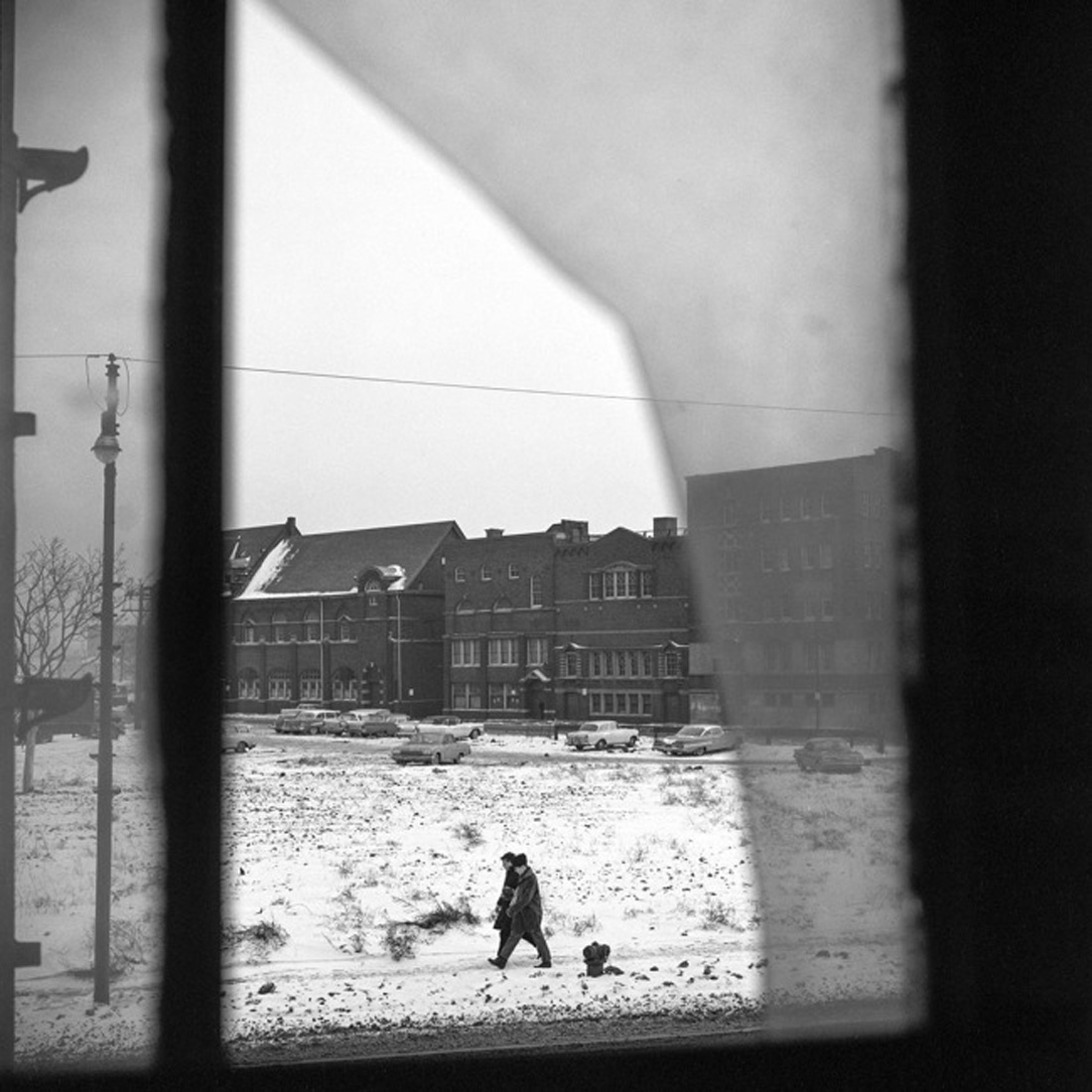The Veil of Isis #1
Vivian Maier
Vivian Dorothea Maier (1.02.1926 New York - 21.03.2009 Oak Park, Illinois)
"She accumulated more than 2,000 rolls of undeveloped film, 5,000 printed photographs and more than 120,000 negatives that, apart from her, almost no one contemplated during her lifetime. Maier died in 2009 without knowing that her secret passion would lift her from anonymity to fame: the quintessential street photographer."
Selected bibliography
Vivian Maier. Street Photographer. Edited by John Maloof and Geoff Dyer (powerHouseBooks, Brooklyn, 2011. Printed in Asia Pacific Offset. Produced by Craig Coen. Post-production of photographs: Martin Fuchs & Krusztof Poluchowitz. Design of Krysztof Poluchowitcz).
Vivian Maier. Self-Portraits. Edited by John Maloof. Test of Elizabeth Avedon (powerHouseBooks, Brooklyn, 2011. Printed in EBS Editoriale BortolazziVerona. Post-production of the photographs: Steve Rifkin and Thomas Palmer. Design of Martin Fuchs and Gregory Wakabayashi).
Filmography
Press material: presentation, notes and timeline
It is not difficult to imagine her. Tall, brunette, short hair and long dress, a bit wrinkled, probably too old. With a Roiflex around her neck, always. Distant, enigmatic and mysterious, that's how she is described today. But who is Vivian Maier? The truth is that little is known about this woman, except what we can see in her photographs: elegant ladies, happy couples, children on the beach, a woman and her baby... her own shadow. Self-portraits in front of mirrors, glass, reflections in a train carriage... Experiments and framing that, in most cases, she never saw.
Vivian MaierAmerican of French and Austro-Hungarian descent, she divided her life between Europe and the United States, returning to New York in 1951. In 1956 she finally settled in Chicago, where she worked as a nanny for more than forty years. But she never stopped photographing. She went on to accumulate more than 2,000 rolls of film, 3,000 printed photographs and more than 100,000 negatives. It was the three children she cared for in the 1950s who helped her in her later years. And at that time, unbeknownst to them, one of her closets was sold at a second-hand auction house to pay off debts and contained hundreds of undeveloped films. Photographs of a lifetime, thousands of portraits of street people. John Maloof was the buyer.
"I wasn't even present at the auction."he says Anne Morinthe curator of the exhibition, "he did the bidding over the phone and won it.". A journalist, writer and blogger, he was preparing a book about Chicago neighborhoods and was looking for old photos to illustrate it. He discarded them for that publication and they went back to a closet. But after a while he began to study them, to develop them, to look at them with different eyes and realized that there was more than just snapshots of Chicago and New York. "We could compare her to Diane Arbus or Robert Frank, the greats of Street Photography. Her color images are in the style of the best William Eggleston."says the person in charge of the exhibition.
Anne Morin has managed to bring to the Sala San Benito in Valladolid 120 photographs, dated between the 50's and 60's, 70 of which are unpublished. The exhibition, which will travel to the Jeu de Paume in Tours, Ghent and Göteborg, is the first major exhibition of Vivian Maier on this side of the Atlantic. "I was able to see his photographs at Howard Greenberg's gallery in New York, the repository of the bequest, and I was impressed.". Director of diChroma photographythe company that produces the exhibition and specializes in mounting photography exhibitions that travel around the world, has already unveiled the polaroids of Julian Schnabel (Niemeyer Center of Avilés, 2011) or the snapshots of Jessica Lange (Casa de América de Madrid, 2012, and other venues). "In these photos, the freedom is what is most striking," she says. She took them blindly, not knowing how light or shadow would influence them, and the freedom she gave herself is incredible.
After months of searching, John Maloof finally found the name of Vivian Maier on the internet. It was his obituary. He had died that 2009, only three days before. But after that, she began an arduous investigation that has lasted until today. She developed photographs, the films recorded by the nanny in super 8 and listened, probably once and a thousand times, to the audios she left behind. She sought out the families she worked with and the children, now adults, who helped her in the end. Organizing and guarding this legacy that came into her hands by chance, between 100,000 and 150,000 negatives, about 3,000 printed photos, hundreds of rolls of film, has been her life ever since. The journalist is now finalizing the documentary that narrates his life and in which he tries to unite the past of this enigmatic nanny with the present. Maloof was asked in an interview not long ago: "What would you ask Vivian Maier if you could?" And he replied: "Do you agree with what I'm doing?" We will never know.

